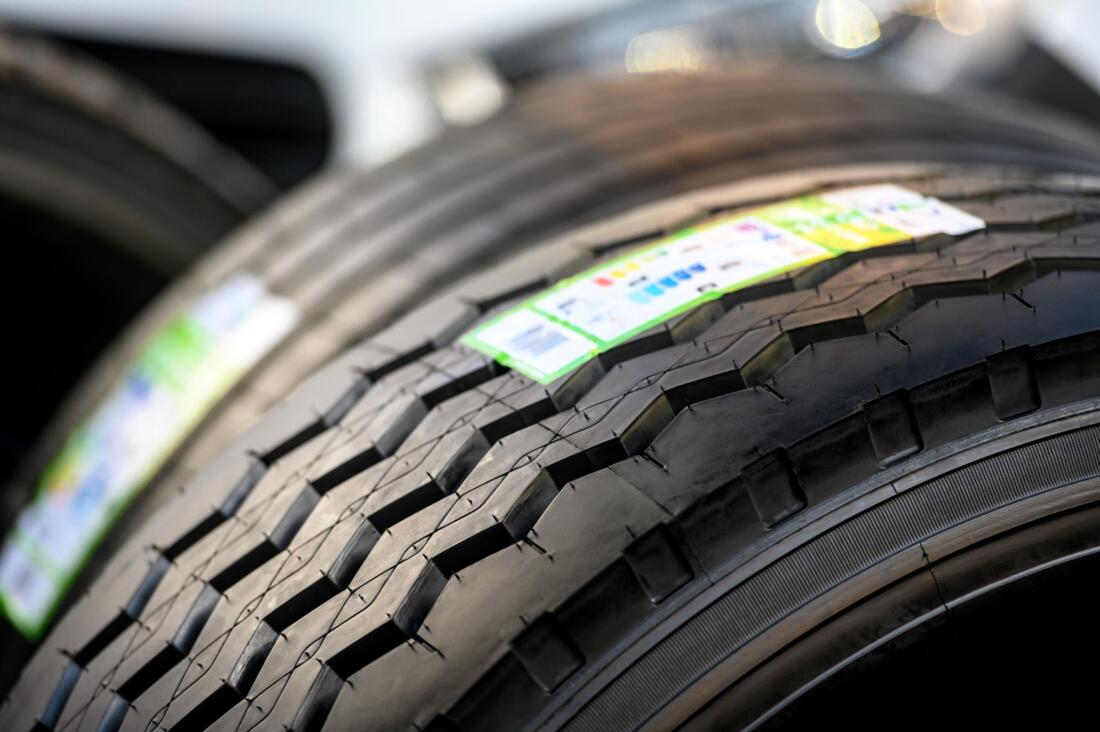As temperatures increase, tire performance and safety may worsen, resulting in faster deterioration and possible risks. Summer tires, which feature heat-resistant rubber and specific tread designs, are essential for ensuring safety, stability, and effectiveness during warm weather.
Ensuring Safe Summer Driving with Proper Tire Selection
In the hotter summer months, it's important to make sure your vehicle has the appropriate tires. Warm weather can have a big effect on how safe and efficient your tires are, leading to more wear and a higher chance of blowouts. Tires made for handling high temperatures are created with special rubber materials that can resist heat buildup and maintain their durability in tough conditions. These tires also feature tread designs that help disperse heat, keeping them cooler when driving on hot roads and providing a safer and more dependable driving experience.

Factors to Consider
Selecting the right summer tires requires considering factors like tire composition, tread pattern, and recommended heat resistance levels from the manufacturer. Summer tires generally provide enhanced responsiveness, superior grip, and reduced braking distances on dry and wet surfaces compared to all-season tires. Designed for warm weather conditions, they ensure optimal stability and traction essential for navigating tight curves and driving at high speeds. Additionally, their unique tread designs minimize the chances of hydroplaning by efficiently diverting water from the tire contact area.

Benefits of Investing in Quality Summer Tires
If you want to beat the summer heat and boost your vehicle's performance, it's a smart idea to consider investing in high-quality summer tires. These tires can enhance safety, handling, fuel efficiency, and the lifespan of your tires. To find the perfect tires for your vehicle and driving style, it's advisable to seek guidance from a tire specialist. The right tires can not only improve your vehicle's efficiency and safety but can also make your driving experience more comfortable and enjoyable on hot summer days.
Understanding Tire Pressure in Summer Heat
Maintaining the correct tire pressure becomes even more crucial during the summer months. As temperatures rise, so does the air pressure within your tires, which can lead to overinflation if not monitored. Overinflated tires can compromise vehicle handling and lead to uneven tire wear. Conversely, underinflated tires can increase rolling resistance, reduce fuel efficiency, and heighten the risk of blowouts. It's essential to check tire pressure regularly, ideally when the tires are cold, to ensure they are inflated to the manufacturer's recommended levels. This simple maintenance task can significantly impact safety and performance.
The Importance of Tread Depth for Safety
Tread depth plays a vital role in ensuring your tires perform optimally, especially in summer conditions. Adequate tread depth allows for effective water drainage, reducing the chances of hydroplaning during sudden summer rainstorms. The legal minimum tread depth is 1.6mm in many regions, but it's advisable to replace tires when tread depth falls below 3mm, particularly for summer tires. Regularly inspecting your tires for wear and using a tread depth gauge can help you assess their condition accurately. Ensuring your tires have sufficient tread depth not only enhances safety but also improves overall vehicle handling and stability.
Choosing the Right Summer Tire Brands
When selecting summer tires, the brand can significantly influence performance and durability. Reputable brands often invest in advanced technology and rigorous testing to develop tires that meet high safety standards. Researching consumer reviews and expert recommendations can help you identify brands known for their reliability and performance in warm conditions. Additionally, some brands offer specialized tires designed for specific driving conditions, such as performance driving or off-road capabilities. Consulting a tire expert can provide insight into the best options tailored to your vehicle and driving habits, ensuring you make an informed decision.
Seasonal Tire Maintenance Tips
Proper maintenance of your summer tires not only extends their lifespan but also ensures optimal performance. Regularly cleaning your tires helps remove debris and contaminants that can cause damage. Inspecting for any signs of wear, such as cracks, bulges, or foreign objects embedded in the tread, is essential. Furthermore, rotating your tires every 5,000 to 8,000 miles promotes even wear across all tires. Balancing your tires can also enhance driving comfort and prolong their life. Establishing a seasonal maintenance routine will ensure your tires remain in peak condition throughout the summer months.
Understanding the Role of Alignment and Balancing
Tire alignment and balancing are critical components of tire maintenance that can greatly affect their performance, especially in summer. Proper alignment ensures that your tires make contact with the road evenly, reducing wear on the tread and improving fuel efficiency. Misalignment can occur from hitting potholes or curbs, leading to uneven tire wear and steering issues. Balancing, on the other hand, prevents vibrations while driving and contributes to a smoother ride. Having your tires aligned and balanced regularly will not only enhance safety but also improve handling and extend the overall lifespan of your summer tires.
When to Replace Your Summer Tires
Recognizing when to replace your summer tires is crucial for maintaining safety and performance. Signs that it may be time for new tires include visible tread wear indicators, cracks in the sidewalls, or a noticeable decrease in traction, especially during wet conditions. Many manufacturers recommend replacing tires every six years, regardless of tread wear, due to rubber degradation over time. Additionally, if you experience frequent flats or a decline in fuel efficiency, it may be time to consider new tires. Regular inspections and proactive replacements can help ensure you remain safe on the road throughout the summer driving season.
AI-Assisted Content Disclaimer
This article was created with AI assistance and reviewed by a human for accuracy and clarity.